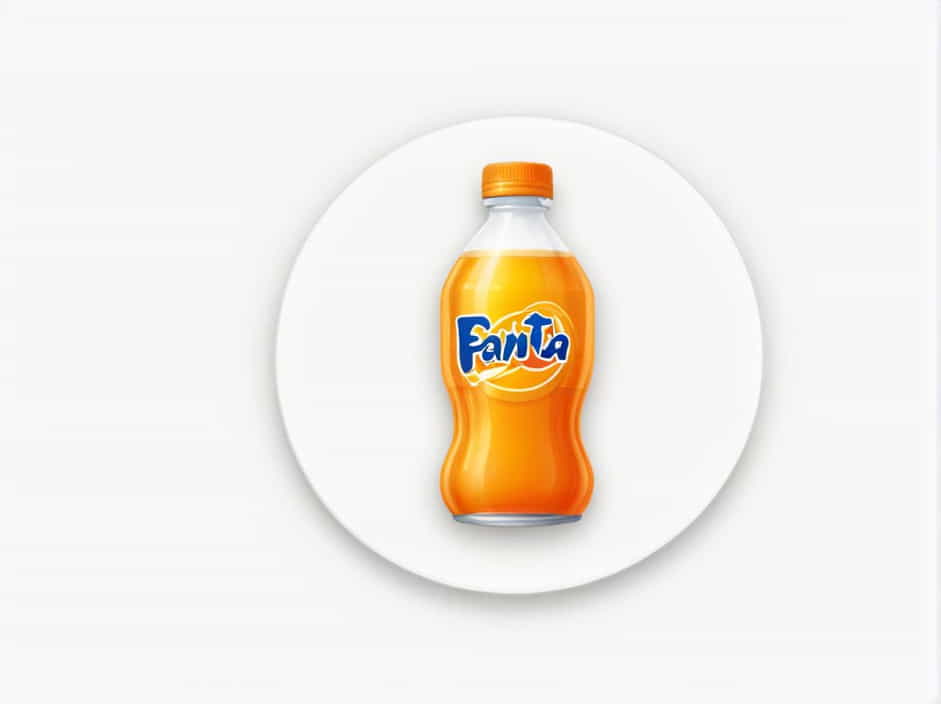In February 2023, The Coca-Cola Company made a significant move by discontinuing its tropical-flavored soft drink, Lilt, after nearly five decades. This decision led to the rebranding of Lilt as ‘Fanta Pineapple ‘ Grapefruit,’ integrating it into the globally recognized Fanta lineup. This content delves into the strategic reasons behind this rebranding, the market dynamics influencing the decision, and the anticipated impact on consumers and the brand portfolio.
The History of Lilt
Introduced in 1975, Lilt was celebrated for its distinctive pineapple and grapefruit flavor, marketed as a beverage that encapsulated a ‘totally tropical taste.’ Predominantly available in the UK, Ireland, Gibraltar, and the Seychelles, Lilt cultivated a dedicated consumer base over the years. Despite its loyal following, Lilt’s market presence remained relatively modest compared to other brands within The Coca-Cola Company’s portfolio.
Market Performance and Brand Strategy
In the competitive soft drink industry, brands continually assess their market performance to inform strategic decisions. In 2022, Lilt achieved sales of approximately £15.6 million. In contrast, Fanta, one of The Coca-Cola Company’s flagship brands, reported sales of £282 million in the same period, reflecting a growth of 20.5% from the previous year.
This disparity in market performance highlights the ‘double jeopardy’ phenomenon in marketing, where smaller brands not only have fewer buyers but also face lower brand loyalty. By transitioning Lilt into the Fanta family, The Coca-Cola Company aims to leverage Fanta’s robust market presence and marketing resources to enhance the reach and appeal of the pineapple and grapefruit-flavored beverage.
The Rebranding Decision
The rebranding of Lilt to ‘Fanta Pineapple ‘ Grapefruit’ was not an abrupt decision but the culmination of a strategic evaluation of brand performance and market trends. Martin Attock, Vice President of Commercial Development at Coca-Cola Europacific Partners Great Britain, stated that the move was a ‘natural next step in the brand’s journey.’ This transition allows the tropical flavor to benefit from Fanta’s extensive distribution network and marketing initiatives, potentially reaching a broader audience.
Consumer Reception and Brand Identity
While the rebranding strategy offers potential benefits, it also poses challenges, particularly concerning consumer perception and brand identity. Lilt’s unique branding, characterized by its vibrant packaging and tropical imagery, contributed significantly to its identity and consumer appeal. The integration into the Fanta brand necessitates changes in packaging and marketing, which may affect long-standing consumers’ connection to the original brand.
However, The Coca-Cola Company has emphasized that the beverage’s formulation remains unchanged, ensuring that the ‘totally tropical taste’ continues to delight consumers. This commitment aims to retain existing customers while attracting new ones through Fanta’s broader market reach.
Strategic Implications for The Coca-Cola Company
From a strategic standpoint, consolidating Lilt into the Fanta brand aligns with The Coca-Cola Company’s efforts to streamline its product portfolio and focus on high-performing brands. This approach allows for more efficient allocation of marketing resources and reinforces brand equity. By expanding Fanta’s flavor offerings, the company can cater to diverse consumer preferences under a unified and strong brand umbrella.
The rebranding of Lilt to ‘Fanta Pineapple ‘ Grapefruit’ reflects The Coca-Cola Company’s adaptive strategy in response to market dynamics and consumer behavior. While it marks the end of Lilt as an independent brand, the essence of its tropical flavor continues within the Fanta family. This move is poised to enhance the beverage’s market presence, offering consumers the same beloved taste under a globally recognized brand.
